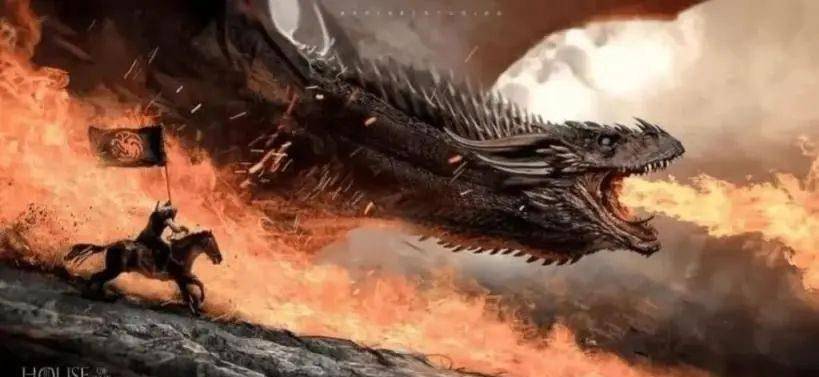The dragon, a mysterious creature with profound symbolic significance in both Eastern and Western cultures, is endowed with an image of mystery, majesty, power, and wisdom. Dragon jewelry is the artistic manifestation of the symbolic meanings attributed to this mystical being. Let's explore the physical characteristics of Eastern and Western dragons and their symbolic significance in jewelry.

Eastern Dragon
In Chinese culture, the Eastern dragon has long been considered a symbol of auspiciousness, power, and protection. Its physical features typically include a long body, dragon whiskers, horns, and claws. Traditional Chinese dragons are often depicted with five claws, symbolizing imperial authority. Cloud patterns are often present on the dragon's body, signifying its distant and mysterious nature, akin to elusive clouds.
In Eastern culture, the dragon represents a divine presence with the power to harmonize yin and yang, bringing good fortune and happiness. Therefore, in jewelry, Eastern dragons are often carved from various materials such as gold and jade to showcase authority and nobility. Wearing Eastern dragon jewelry is believed to bring blessings of peace and happiness, reflecting a reverence for traditional culture.
Western Dragon
When discussing the image of the Western dragon, we cannot overlook popular television series such as "Game of Thrones" and "House of the Dragon," which present impressive depictions of dragons. In "Game of Thrones," Daenerys Targaryen, known as the Dragon Queen, possesses three gracefully shaped dragons that burn like wildfire, symbolizing her power and the revival of her dynasty. This portrayal associates Western dragons with ruling power and expresses a desire for authority and the pursuit of strength.
In "House of the Dragon," dragons are portrayed more as symbols of a family's heritage, representing a part of bloodline succession. The existence of dragons not only symbolizes power but also serves as a legacy of family honor. Each dragon represents the strength and dignity of a family, becoming a guardian and symbol of the family.
In these TV series, the image of the Western dragon emphasizes its close connection with power and family. This is also reflected in the design of Western dragon jewelry, which is often more extravagant and grandiose to convey the symbolism of power.
Compared to the peaceful image of Eastern dragons, Western dragons are often depicted as fierce and formidable. In European culture, dragons are often seen as representations of evil that warriors must overcome. Western dragons typically have wings, sharp claws, and intimidating features, showcasing their strength and intimidation.
In Western culture, dragons are often viewed as guardians of wealth, associated with courage and the spirit of adventure. Therefore, Western dragon jewelry is often designed in elaborate and powerful styles to showcase individual strength and determination. Materials like gold, silver, and gemstones are frequently used, adding luxury and uniqueness to these pieces.
Symbolic Meaning of Dragon Jewelry
Overall, dragon jewelry in both Eastern and Western cultures symbolizes authority, mystery, and power. However, their symbolic meanings vary under the influence of different cultures and traditions. Eastern dragons symbolize auspiciousness and authority, while Western dragons more prominently embody the spirit of adventure and conquest. Wearing dragon jewelry is not only a sign of respect for traditional culture but also a pursuit of courage, wisdom, and strength.
In modern society, wearing dragon jewelry is not just about aesthetics; it is a way to connect with ancient traditions. These dragon-inspired pieces, crafted with exquisite workmanship and design, carry rich cultural connotations, serving as a bridge that connects the past and the present. They allow people to experience the mystical and exciting legends of dragons in their everyday lives.
